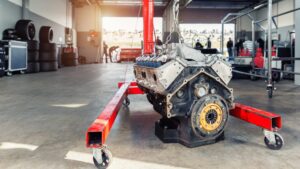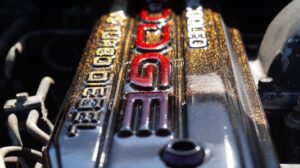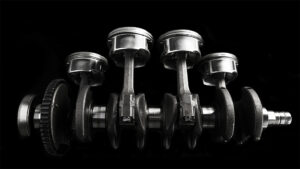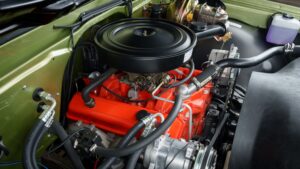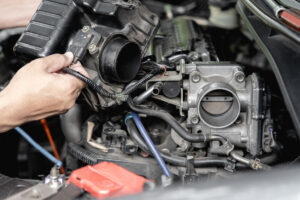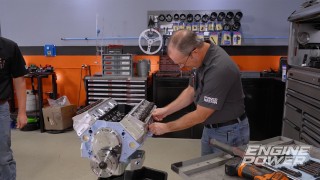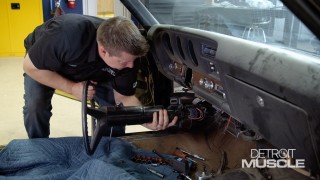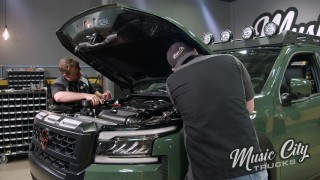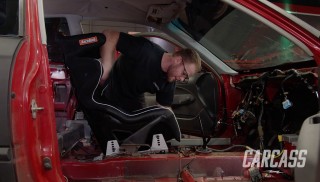The 318, The Underappreciated, Unsung Hero of Small Blocks
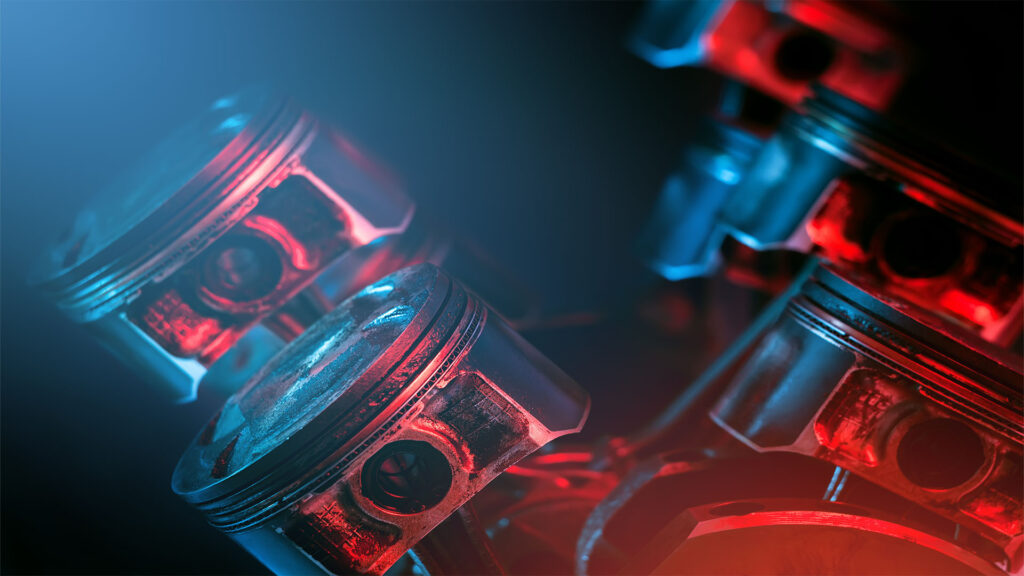
Table of Contents
Origins and Development: How the 318 Came to Be
The LA (Lightweight A) series, introduced by Chrysler in 1964, aimed to bring smaller, lighter V8 engines to their lineup. Before the LA 318, Chrysler had developed the A-series 318 Poly, a larger, heavier engine. With the LA series, Chrysler sought to make a more compact and efficient engine that could adapt to a broader range of vehicles without compromising power.
When the 318 was introduced, it fit seamlessly into the lineup, meeting demands for durability and performance without the bulk. Known for its modest displacement of 318 cubic inches, or roughly 5.2 liters, the engine offered a good balance of size and power, which contributed to its versatility. This engine became a staple for Dodge and Plymouth models, performing in everything from trucks to muscle cars to daily drivers.
Reliability and Durability: The 318’s Core Strengths
One of the main reasons the 318 earned a reputation as a “bulletproof” engine was its simplicity and durability. Built with a sturdy iron block and a straightforward design, the engine could withstand high mileage and rigorous use. While the LA 318 might not have been a powerhouse compared to the larger 340 or the 426 Hemi, it had the reliability factor covered, and it excelled in real-world, everyday performance.
The LA 318’s engineering allowed it to handle rough conditions, from the demands of light-duty trucks to long commutes and daily driving. Its straightforward design made it easy to maintain, with many owners appreciating its low maintenance needs and the engine’s tendency to keep running, even under less-than-ideal circumstances. This dependability has made it a favorite among enthusiasts who value engines that don’t require constant attention and fine-tuning.
Versatility Across Vehicle Types
Unlike some engines built solely for power or speed, the LA 318 was adaptable. It found its way into a variety of Chrysler vehicles, from the dependable Dodge Dart to the family-friendly Plymouth Fury and the rugged Dodge D100 truck. The 318’s adaptability allowed it to serve different needs, which reinforced its place as an everyday engine for everyday people.
In the 1970s, when stricter emissions regulations began affecting the auto industry, the 318 proved to be a solid choice due to its ability to meet new standards while maintaining reliability and reasonable performance. In an era where many engines struggled with emissions-compliance, the LA 318 soldiered on, proving its resilience and cementing its place as a go-to engine for Chrysler.
A Great Canvas for Modifications
The LA 318 may not have been the most powerful engine right out of the factory, but it was a prime candidate for enthusiasts who wanted to push the boundaries. Its strong block allowed for modifications, and with a few upgrades, the 318 could be transformed into a respectable performer. By adding better heads, a high-performance intake, or a more aggressive camshaft, the LA 318 could gain impressive horsepower.
Many DIY mechanics and racers discovered that, with a bit of work, the LA 318 could keep up with larger engines. This quality made it a popular choice for budget-minded enthusiasts who wanted to build a competitive engine without breaking the bank.
The Unsung Hero: Why the LA 318 Deserves More Appreciation
The LA 318 might not have the legendary status of the Hemi, nor the racing pedigree of the 340, but it has earned its place as a dependable and versatile engine that served Chrysler faithfully for decades. Its longevity, simplicity, and adaptability have endeared it to generations of car owners who see value in a well-rounded, reliable engine.
In a world where high horsepower and flash often overshadow practicality, the LA 318 stands as a reminder of what many drivers genuinely need: an engine that performs, endures, and doesn’t demand constant attention. The 318 may never top the lists of iconic engines, but for those who have owned or worked with one, it’s clear that the LA 318 deserves recognition as an underappreciated hero in Chrysler’s engine lineup.
